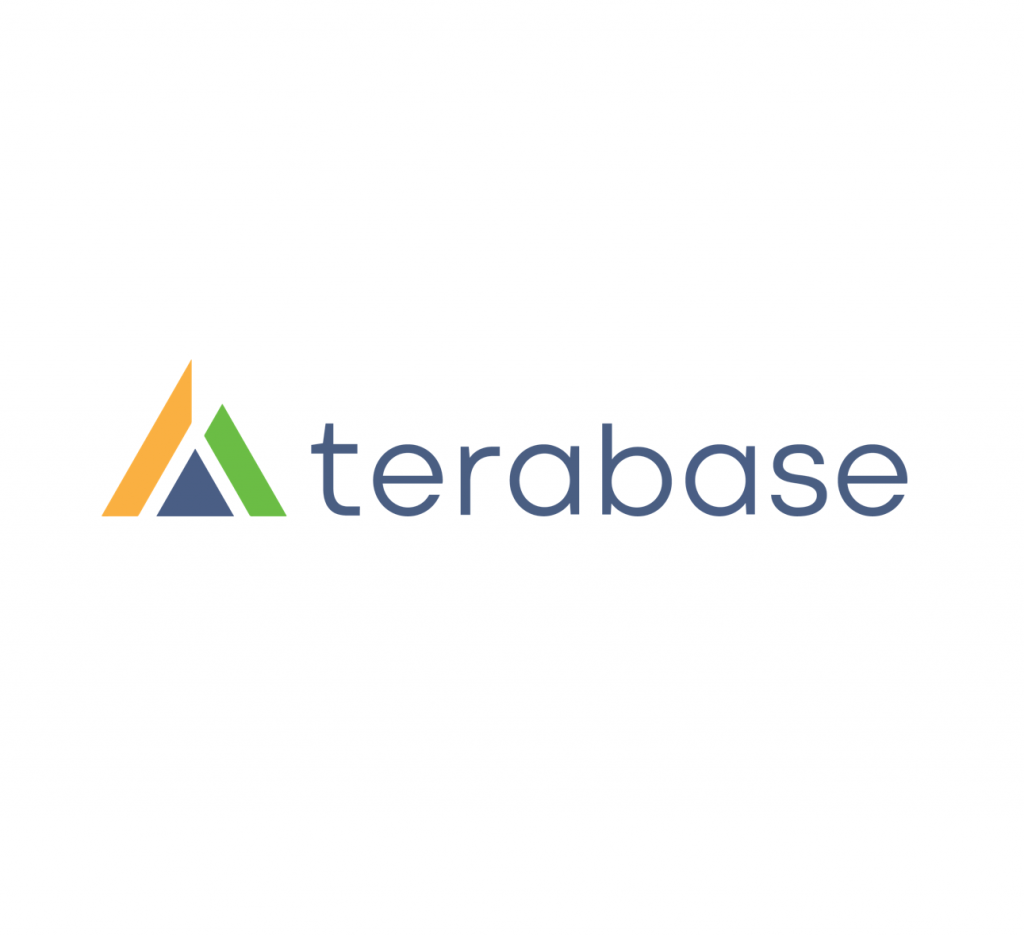In a Tumultuous Market, These Trends Will Shape Workforce Startups in 2024
By Arrun Kapoor
Over the last 12–18 months, we’ve seen some dramatic shifts in the economic and technology environments surrounding education and workforce development. The post-pandemic era of flush corporate budgets has been replaced with more conservative purchasing and decision making. To make things more challenging, advances in generative AI have offered longer term promise, but in the near term have cast uncertainty regarding how things look when “the tide goes out.”
Founders of future of work startups need to bear this context in mind as they make strategic decisions and refine their go-to-market for the coming year. The playing field is different today than it was even just 18 months ago. Here are some takeaways on the largest trends and market factors shaping the industry in 2024.
Experimentation is gone. Clear ROI is in.
With budgets still tight, bottom-line savings and ROI are going to play a much more significant role as companies decide whether to say “yes” or “no” to a new product. Historically, HR and L&D were notoriously bad at tracking ROI of tools and solutions purchased. Buyers in 2024 have higher standards now: if HR and L&D teams were previously more willing to experiment and accept a squishy ROI story, that’s now less true. Buyers want to see not just demonstrable ROI, but demonstrable ROI on a faster time scale — think 6–12-month time frames rather than 18+. Buyers will want to see how it is measured, and the best practice will be to get their buy-in on that measurement methodology and report it to them quarterly. One other area we will unfortunately see diminish in priority is DEI initiatives: while spend on DEI will continue to be higher than it was pre-2020, it has fallen a few notches down from its height in 2021.
Workforce and education founders should expect to see more centralization through the CHRO and more scrutiny from the CFO (which will help those enterprises save more money in the near term). Where that transition is happening, slower sales cycles will follow. Buyers are now less likely to agree to flat-fee pricing models, and we should expect customers to push back in favor of usage- and milestone-based pricing models (where those are applicable). With those shared-risk pricing models, vendors and startups should make sure they understand the co-marketing and adoption risks they’re signing up for, particularly if there is a meaningful upfront implementation cost shouldered by the provider. Along the same lines, we’re likely to see customers consolidate their work among existing vendors (that have demonstrated ROI) and be less likely to engage new ones where ROI is inherently more speculative. As a result, startups will find it easier to grow share-of-wallet with existing logos than to find new ones.
L&D proves more resilient than HR budgets
Layoffs and reductions in force were a frequent story in 2023. HR budgets are down as a whole, and this is particularly true in areas like talent acquisition. In the waves of tech layoffs that took place over the last year, recruitment and HR functions were some of the hardest hit. However, L&D budgets are likely to remain relatively more robust. If some HR budgets shrank by 20–30% in the last 12 months, L&D budgets were more flat-ish; L&D has proven more resilient relative to HR.
When an organization cuts 10% of their headcount, they’re making an implicit bet that the 90% that remain are critical to the business and its long-term growth. While many organizations rationalized L&D spend in 2023 to consolidate some of the bloat associated with remote workforce post-pandemic, we should expect spend in 2024 to increase. Companies will be willing to invest in L&D tools for that retained 90%, even as they continue to hold off on accelerating hiring. Companies are under pressure to do more with less: workforce technologies focused on retaining and upskilling the current base of employees should play a key role in making that possible.
The dust is clearing, but not settled, on generative AI
The rise of generative AI in 2023 upended many of the most commonly held notions around job opportunities and career pathways. This had clear implications for both sides of the employment coin: employers and employees. Employers are scrambling to understand efficiencies that can be realized and which tasks can be augmented or replaced with AI. Meanwhile, employees and job seekers saw headlines that cast doubt on jobs once viewed as stable, long term careers, and they know there will be a reorientation on how we complete tasks and the skills needed to thrive in careers.
In 2023, employers and board rooms grappled with the question of “Will generative AI replace my employees, make them more efficient, or have no impact?” Most didn’t have answers to that question. If they did, almost none were able to articulate a robust plan for how to turn observations into action. Individual departments like engineering or customer support had some tactical solutions in place, but a top-down vision from the C-suite and implemented by cross-functional L&D and digital transformation teams was lacking. Workforce and education vendors that can help companies address this lack of strategic clarity and be in the workflow of how they action it will be well positioned for success in 2024. In the second half of the year employers will begin to get a better handle on what they’re actually retraining people toward and spend more meaningfully to retool employees and realize the promise of AI efficiency gains.
For their part, employees and learners were inundated over the last year with headlines that cast doubt on careers that historically were seen as high paying, high demand jobs. People who previously considered studying or upskilling for many tech roles were now asking, “If I spend money getting these certifications or degrees, will I come out on the other side with a job?” Companies and institutions providing training in the areas most seemingly impacted by these headlines (e.g. coding and design) had learners that were uncertain in 2023. Education providers saw similar levels of top-of-funnel leads this past year, but lower conversion rates as uncertainty paralyzed ultimate decision making. The economic downturn played some role in this slowdown, but gen AI headlines were the bigger underlying issue.
That consumer uncertainty will continue through the first few quarters of 2024, but as employers gain clarity on gen AI implications for jobs and roles in their organizations, that clarity will trickle through to job seekers. The consumer ed trepidation will gradually resolve itself. Until that happens, consumers will likely err on the side of risk-averse decision making. This means traditional degree programs, degree-embedded upskilling (i.e. credit bearing), or (large) employer-endorsed certifications will be relatively more in favor, because they are seen as less risky vs. alternative pathways. Alternative training providers and bootcamps can still thrive, but they will need to consider these new models, layer in AI-related training, iterate content faster than they have historically since the “right training” will evolve quickly in lockstep with disruptions from AI, and explore other strategies — success-based payment models, shorter courses, clearer throughlines to employers — that can help derisk their programs in the eyes of a nervous consumer.
Do these predictions match your expectations for the education and workforce sector in 2024? What perspectives am I missing? Join the conversation and let us know.


